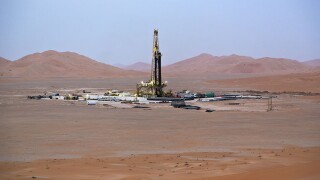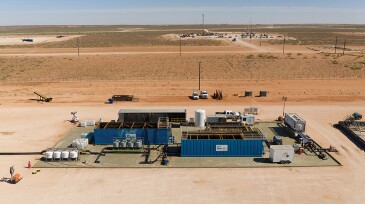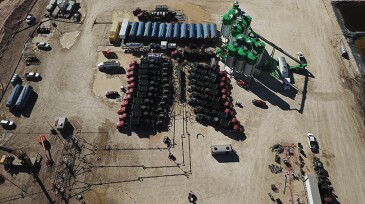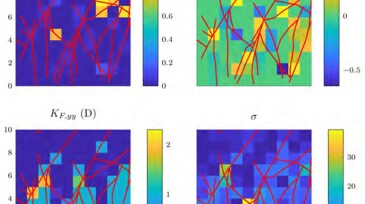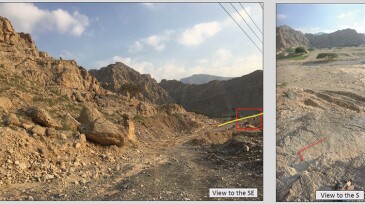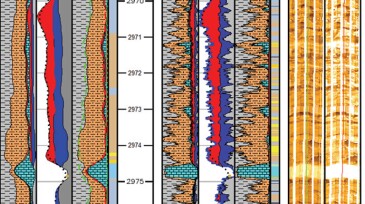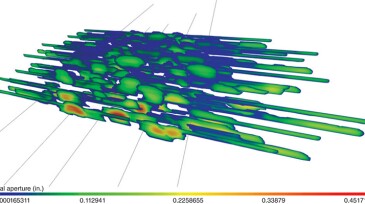Fracturing/pressure pumping
Technology developers expect the tight-oil industry to give lightweight proppants another look after the Permian Basin’s biggest operator becomes an adopter.
Operators from across the region met in Muscat to share how lessons from pilot programs are shaping cost, scale, and technology priorities across the region.
In this third work in a series, the authors conduct transfer-learning validation with a robust real-field data set for hydraulic fracturing design.
-
When it comes to produced water from US shale plays, it’s either recycle and reuse or throw it away—and both are easier said than done.
-
The newly formed SPE Hydraulic Fracturing Technical Section is working on a project to identify a set of best practices for completions engineers. Once completed, they will be accessible to the entire SPE technical community.
-
Mixing dry polymer powder and water to make friction reducer as needed during fracturing can cut the cost of the additive and the testing of whether a drastically simplified recipe performs as well as more-complex mixes.
-
This paper analyzes several configurations of convolutional neural networks suited for predicting upscaled fracture permeabilities and shape factors required to close a dual porosity/dual permeability model.
-
The authors write that simple and straightforward observations on outcrops can be used to build 3D models that mimic geological relationships accurately.
-
In this paper, a complete safety-management approach and a contingency plan are developed for carbon dioxide waterless fracturing operations.
-
This paper presents an integrated work flow to model mechanical properties at sufficiently high resolution to honor accurately rock fabric and its effects on height and complexity and, thus, production.
-
In the past decades, the success of unconventional hydrocarbon resource development can be attributed primarily to the improved understanding of fracture systems, including both hydraulically induced fractures and natural fracture networks. To tackle the fracture characterization problem, several recent papers have provided novel insight into fracture modeling techniq…
-
Insights from an ongoing industry study on North American shale wells help explain what frac hits, or fracture-driven interactions, are doing between offset wells, and why.
-
The pressure pumping business has been looking up this year, but the price paid to buy a big player in that business, FTS International, suggests growth may not last.


